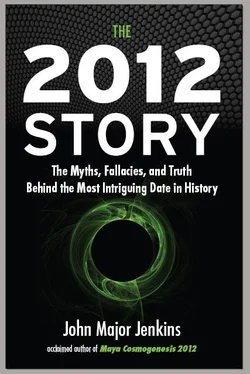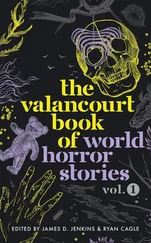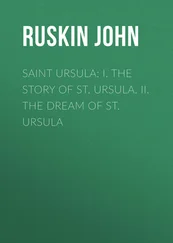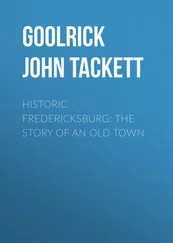Kingsley convincingly has shown, with deep scholarship and a clear voice, that we have gotten it all wrong, we have been sold a lemon; Western philosophy is rooted in a coup. Plato appropriated Parmenides, who journeyed in the Plutonium, the mystic initiatory cave of darkness, the womb of the unmanifest plenum of infinite potential. His experience was like that of a Hindu yogi or Buddhist monk, seeking the spiritual source in, as Kingsley said, “the dark places of wisdom.” This dark place of wisdom is a womblike environment and is the source of all manifest existence, the place where in deep meditation you can find the higher space of source consciousness and an integration of the formless ground with the forms of manifest reality.
Author Anne Klein speaks of this in her book Meeting the Great Bliss Queen . She observes that in Buddhist traditions
the womb that is an “expanse of reality” is a ubiquitous matrix, participating in and pervading all that is born from it. It is never left behind as is the maternal womb of contemporary Western description. In contrast, most Jewish and Christian traditions understand God to have created the world ex nihilo , that is, from a nothing that, like the maternal womb, is left behind. In Buddhist understanding, there is no dead space left behind when existence manifests. The womb of the expanse is an ever-replenished resource, and the wish to renew association with it is not regarded as regressive but potentiating. 7
Here, “expanse” might as well be called “source.” The “renewed association” with it is a movement toward transrational reintegration of ego with source rather than prerational dissolution of ego.
We can’t be sure to what extent Parmenides was using sacred plants in his underworld journeys, but the essential initiatory intent is there. And certainly, as mentioned, the Eleusinian Mysteries clearly show that something akin to psychedelic shamanism informed the founders of Western science and philosophy.
* * *
Sacred plants also played a central role in the astro-theological conceptions formulated at Izapa, an origin place for the Maya Hero Twin Myth and the Long Count calendar that were both defining traditions of the Classic Period Maya florescence. Stela 6 at Izapa, for example, depicts a huge toad with its head arched back, its mouth opened upward. This is the “to be born” icon standardized later in Maya hieroglyphic writing. Dangling on the end of his outstretched tongue is a little human figure in a boat. This clearly represents a shaman taking a journey into the mouth of the frog, a symbol for the underworld portal or cave. Most interestingly, the frog has been identified as a Bufo marines toad, whose shoulder glands secrete a substance containing the powerful hallucinogen 5-Meo-DMT. To clinch the association, the carving shows the “vision scrolls” coming out of the toad’s dotted shoulder glands. This means the toad was a source of vision, of entry into the underworld. And remember, the night sky was seen to be the underworld flipped upside down every night. The shaman, like an astronomer, was an explorer of “the underworld,” the celestial realm.
Ritual mushroom stones were also found in the areas around Izapa, and scholars believe that a mushroom cult existed during the pre-Classic period when Izapa was thriving. The central role played by cacao in Izapa’s economy and ceremonial use of sacred mushrooms should not be overlooked. Psychoactive mushrooms were traditionally mixed with a cacao beverage, probably because cacao contains MAO inhibitors that potentiate the effects of DMT and psilocybin. The South American psychoactive elixir called ayahuasca is a mixture of a DMT-containing plant with an MAO inhibitor, to enhance and lengthen the initiatory healing journey. The DMT can thereby be consumed orally, giving a longer-lasting effect than when smoked. I’ve suggested that cacao could have been the MAO donor that Izapan shamans may have combined with a prepared form of the toad secretions, or the mushrooms, making a drink we could call cacaohuasca.
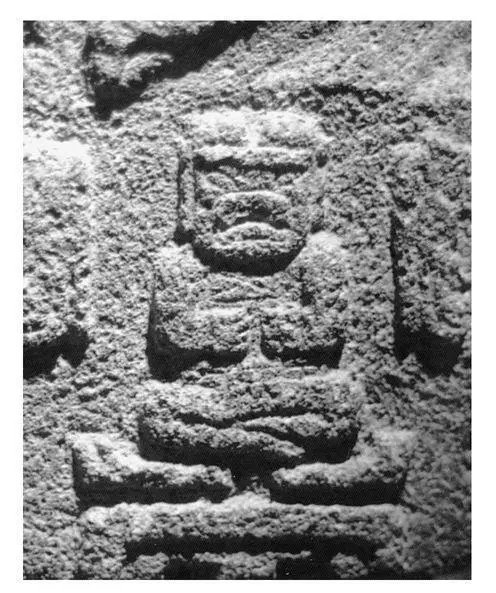
A meditating Maya. Photo by the author, 2001
My point here is that the visions induced by sacred plants must have informed the profound cosmology pioneered at Izapa, which integrated precession-based astronomy, the 2012 calendar, and the metaphysical teachings of the Hero Twin Mythology. 8
The second method I outlined above for realizing the big picture is meditation. This method is actually helpful for the shamanic journeys undertaken with sacred plants, as the ability to focus intent and open consciousness can make all the difference between positive and negative experiences. But it’s not about controlling the experience, it’s about letting go and opening up to what is there. In shamanic journeys as well as in the deepening process of meditation practice, one encounters unresolved issues of personal emotional history. Deeper still, familial and ethnic baggage appears, and beyond that collective human karma and transpersonal material. Meditation is a centering practice, a mindfulness generator, a letting go into the moment and being present to the now. It deepens the consciousness to directly perceive the underlying field, the realm of subtle insight that lies behind the veil of manifest appearances. We do not annihilate the world in meditative practice, we awaken the faculty with which we can see through the impermanence of form. All manifest reality is an ever-changing domain of shifting forms and appearances, which is real to the extent that we can see their basis in the unmanifest Ground, the eternal and infinite source that we may call source consciousness. This unquantifiable and unconditioned consciousness is not something we evolve, but something we revive, or awaken. It’s always there, has always been and always will be. We’ve just clouded our vision of it with ego’s distractions and Seven Macaw’s fixation on glittery ornaments, the things of surface reality.
Letting go in meditation is an important practice for setting aside, or transcending, the nagging dictates of ego. Sitting with one’s inner thoughts, not engaging in outward activity, deepening the sense of being present to Nowever, awakens the timeless. We open to eternity and directly understand that eternity is at the root of time. Going to the center is like awakening your inner One Hunahpu. I find it amusing that the English word hurricane is derived from variants on One Hunahpu’s name. The Maya deity Hun-rakan (one-foot) is associated with God K ( k’awil ) and the Quiché Maya god named Tojil. They are one-footed and spin upon the Pole Star. Readers might recall that Seven Macaw, as the Big Dipper, spins upon the Pole Star, suggesting that Seven Macaw and One Hunahpu are two facets of the same entity. And they are: Lower self and higher self are two parts of the whole being, called Ego and Divine Self in the Perennial Philosophy. More subtly, a transformational ethos is at play here, for from a certain perspective Seven Macaw (ego-focused identity) is meant to transform into One Hunahpu (unitary selfless identity). We must go to the center of the hurricane, the eye of phenomenal change, to transcend the chaos! And in so doing we find that we are the source and center of the tumult.
As we do these things our relationship with the world changes. As our identities become centered on our true Self, and we consciously restore ego to its proper function as a temporary extension of the true Self, our relationships will change. And we find that we slowly shift from acolyte of the mysteries (a student or initiate) to teacher. We are granted an esoteric PhD as we climb the degrees of inner gnosis. We begin to take on the identity of conduit rather than recipient , conveyor rather than container.
Читать дальше
